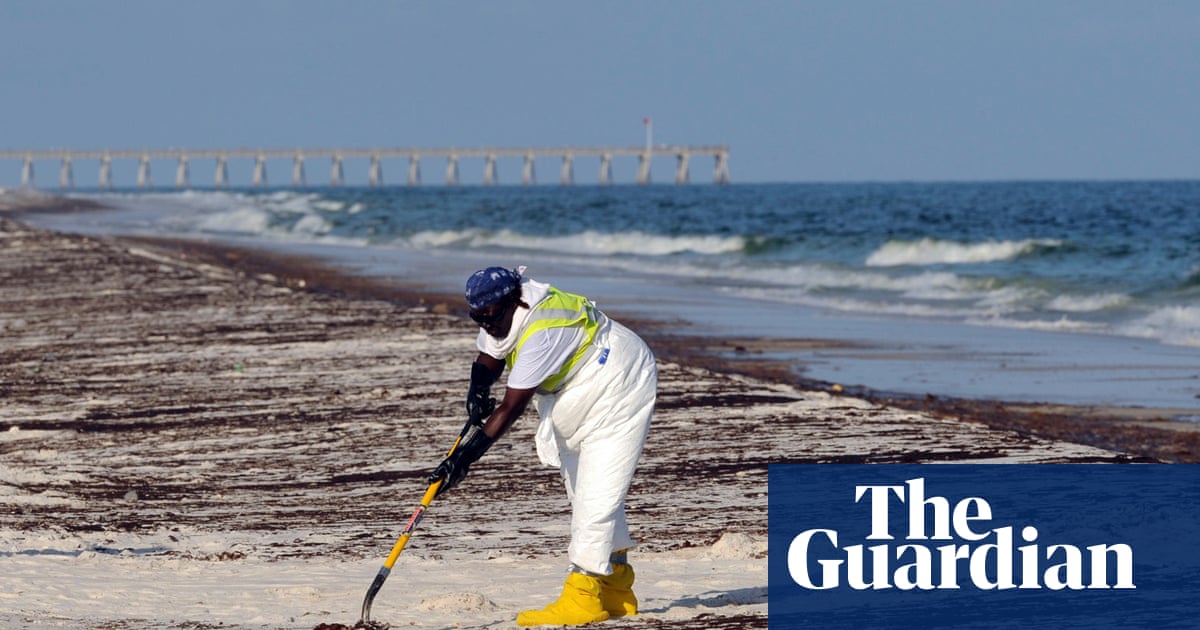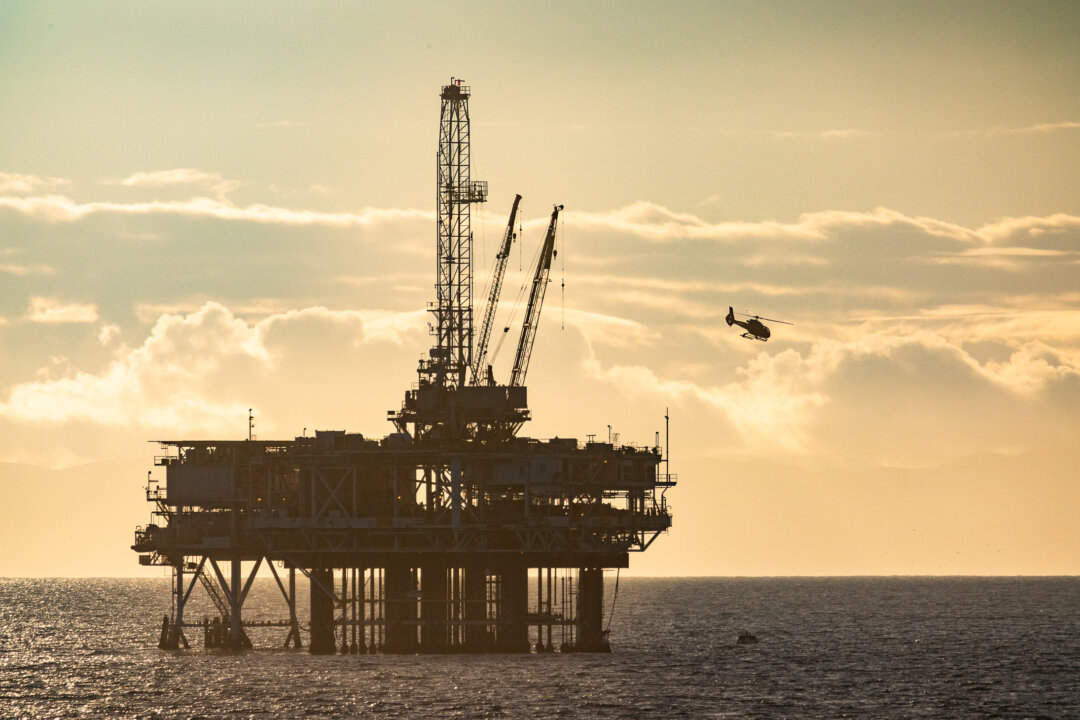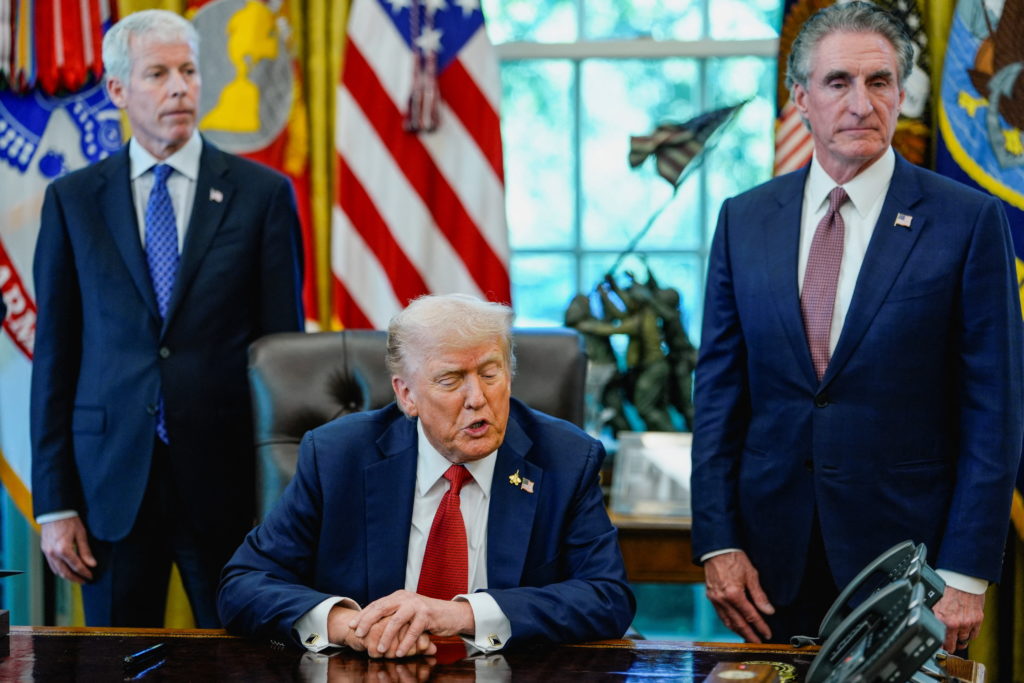Trump Administration Greenlights Major Offshore Drilling Expansion Off California, Florida, and Alaska
The Trump administration approved new offshore oil drilling projects off California, Florida, and Alaska, reversing decades of policy, facing bipartisan opposition over environmental and economic concerns.
Overview
- The Trump administration has approved new offshore oil drilling projects, including over 20 lease sales, with plans for California's coast between 2026 and 2031.
- These projects target vast federal waters off California, Florida, including the eastern Gulf of Mexico at least 100 miles offshore, and Alaska's High Arctic area.
- The administration and oil industry, including the American Petroleum Institute, support the plan to boost U.S. energy security, create jobs, and pursue energy dominance.
- This initiative reverses decades of federal policy, opening areas previously banned since 1995, and shifts focus from climate change mitigation, which Trump has dismissed.
- The plan faces significant bipartisan opposition, including from Florida lawmakers and environmental groups, due to concerns about coastal economies, tourism, ecosystems, and oil spills.
Report issue

Read both sides in 5 minutes each day
Analysis
Center-leaning sources frame this story by emphasizing widespread opposition and potential environmental devastation. They highlight the plan's risks through vivid language, extensive quotes from critics, and detailed historical accounts of oil spills. The narrative consistently underscores the negative impacts on coastal communities and ecosystems, while presenting supporting arguments more briefly.
Articles (9)
Center (2)
FAQ
The new offshore drilling projects will impact federal waters off California, Florida—including the eastern Gulf of Mexico at least 100 miles offshore—and Alaska's High Arctic area.
The administration and oil industry supporters argue the expansion will boost U.S. energy security, create jobs, and support the objective of energy dominance.
Opponents cite risks to coastal economies, tourism, ecosystems, marine mammals, and the possibility of devastating oil spills, which could harm both human communities and wildlife.
This initiative reverses decades of federal policy by opening areas to drilling that have been banned since 1995, including protections for California's coast and parts of the Gulf of Mexico and Alaska.
The plan faces significant bipartisan opposition from lawmakers, environmental groups, tourism and business interests, and local governments due to concerns about environmental harm and economic impact on coastal communities.
History
- 7h

 4 articles
4 articles







